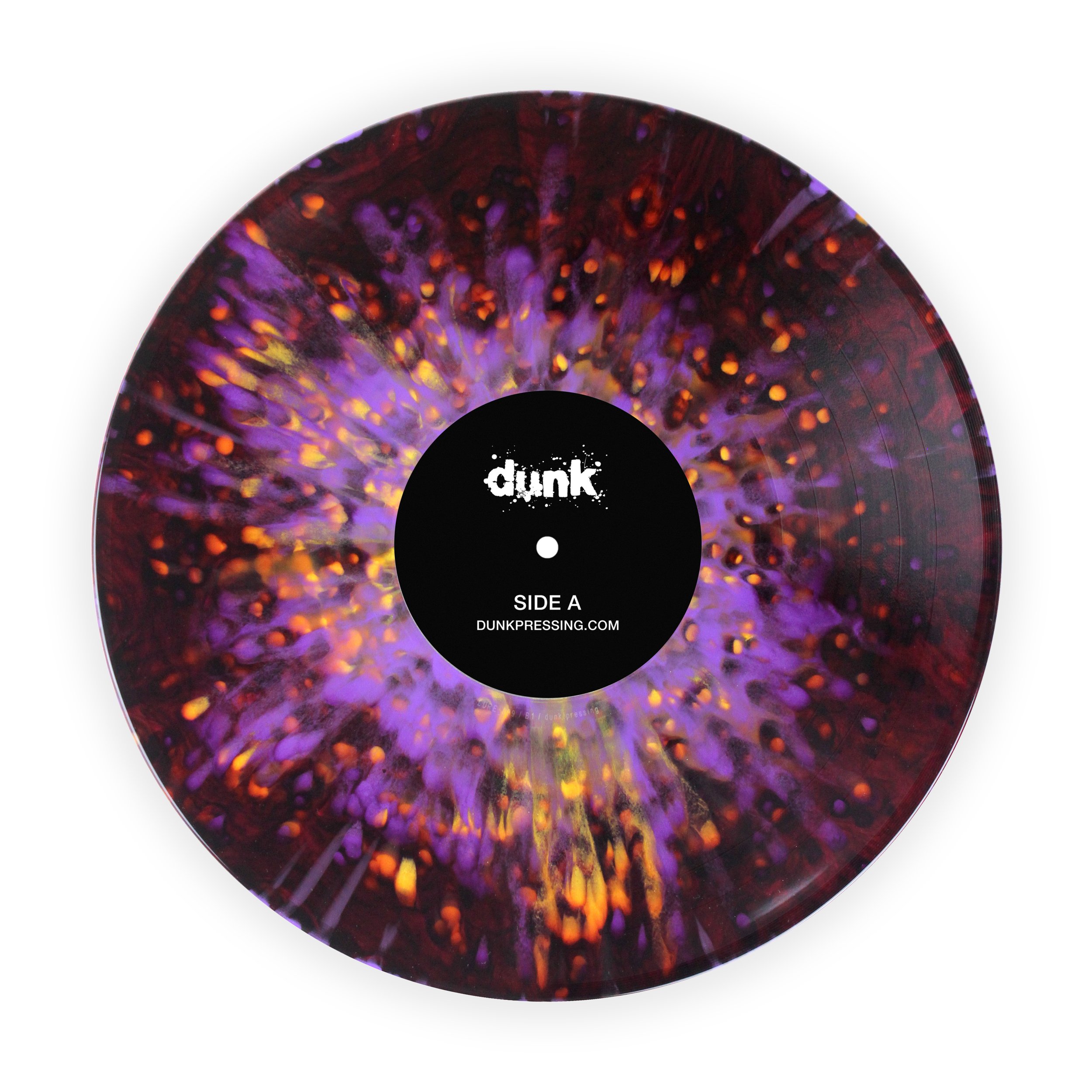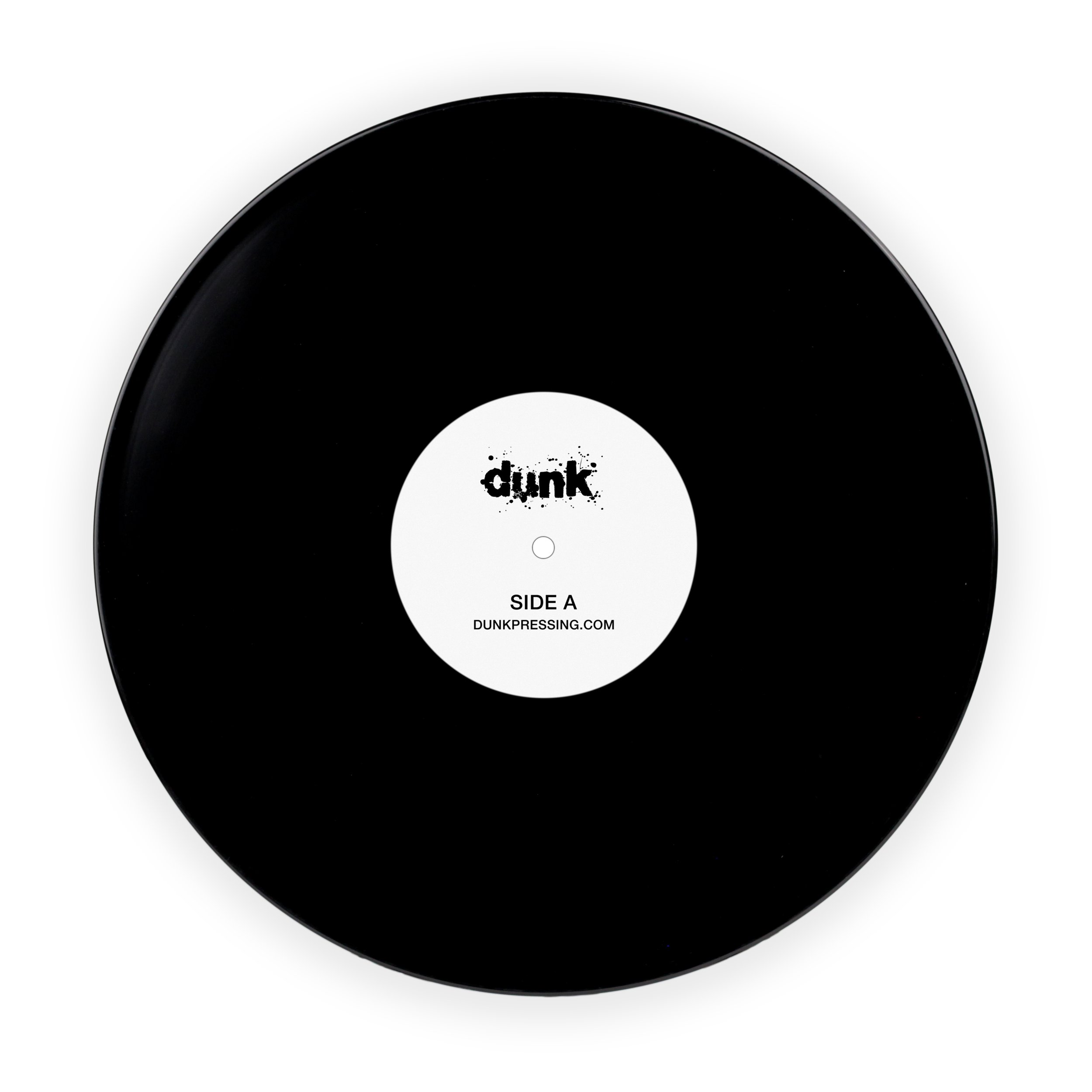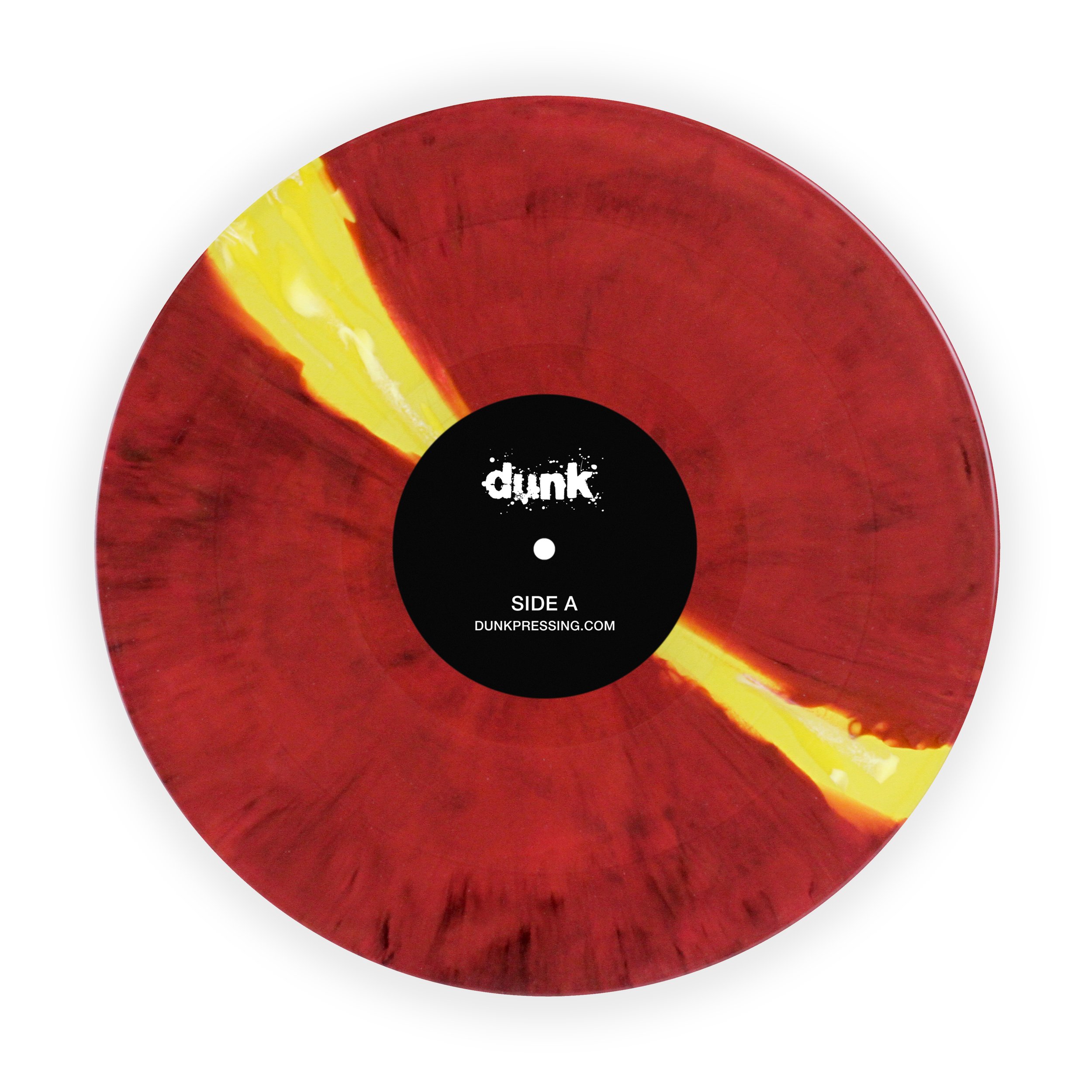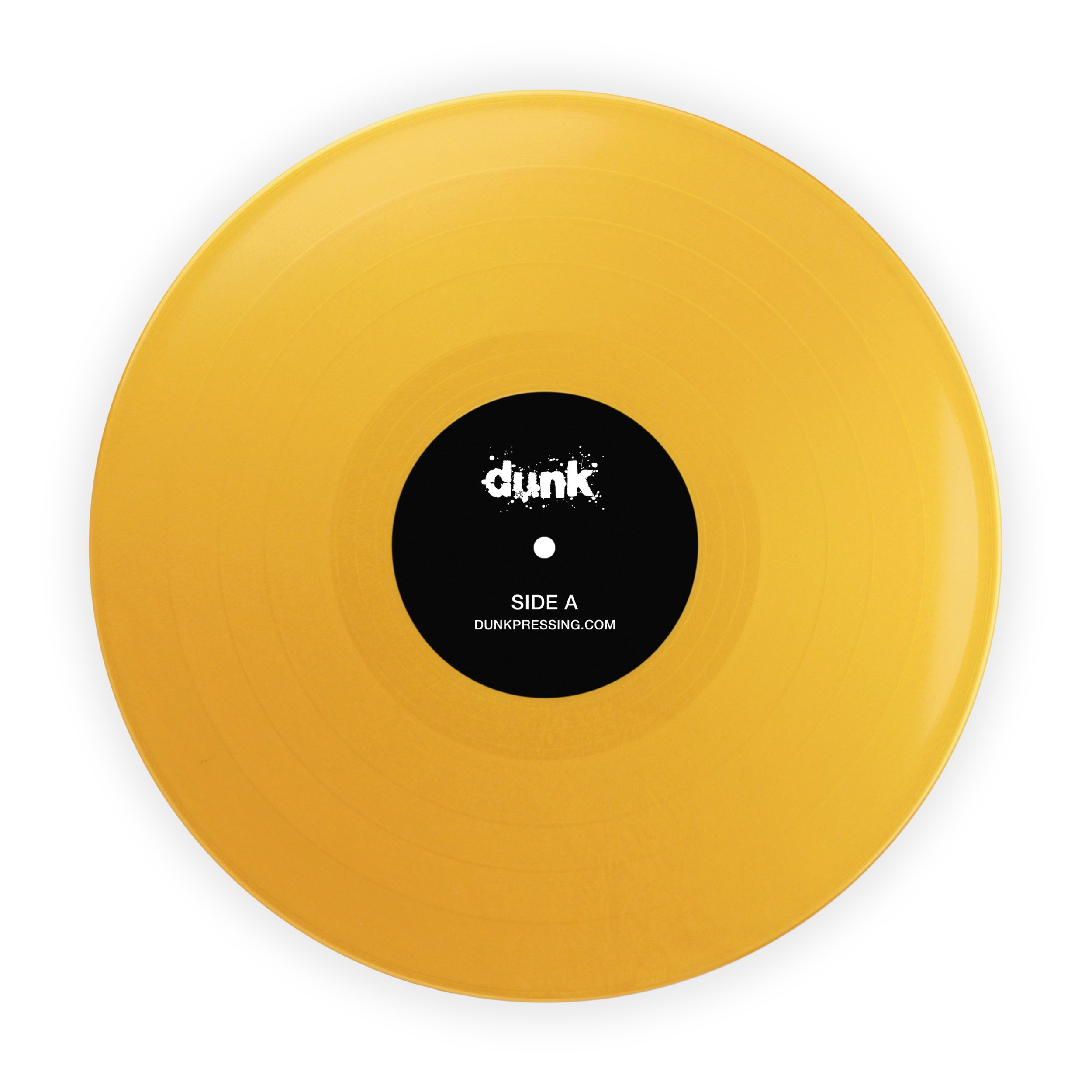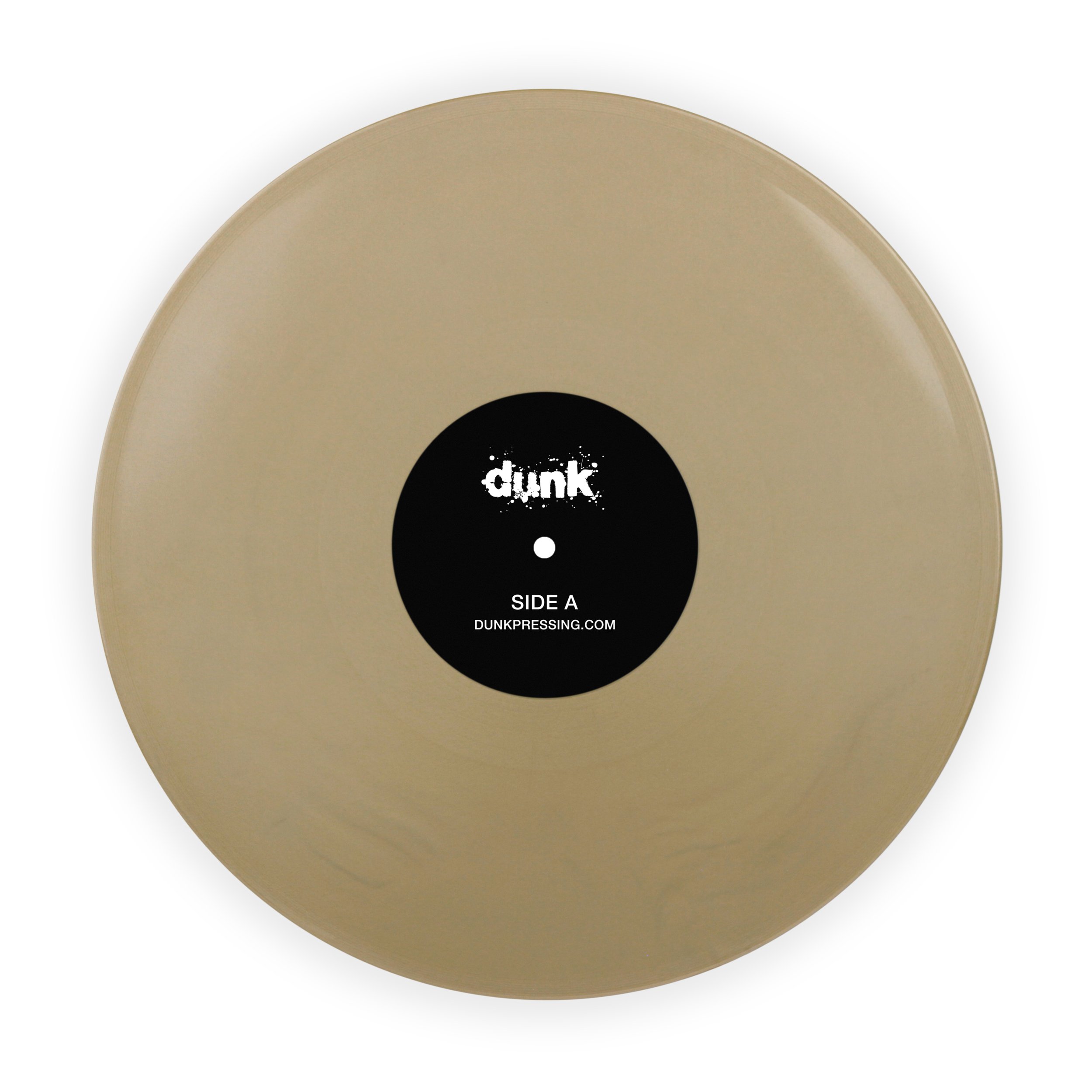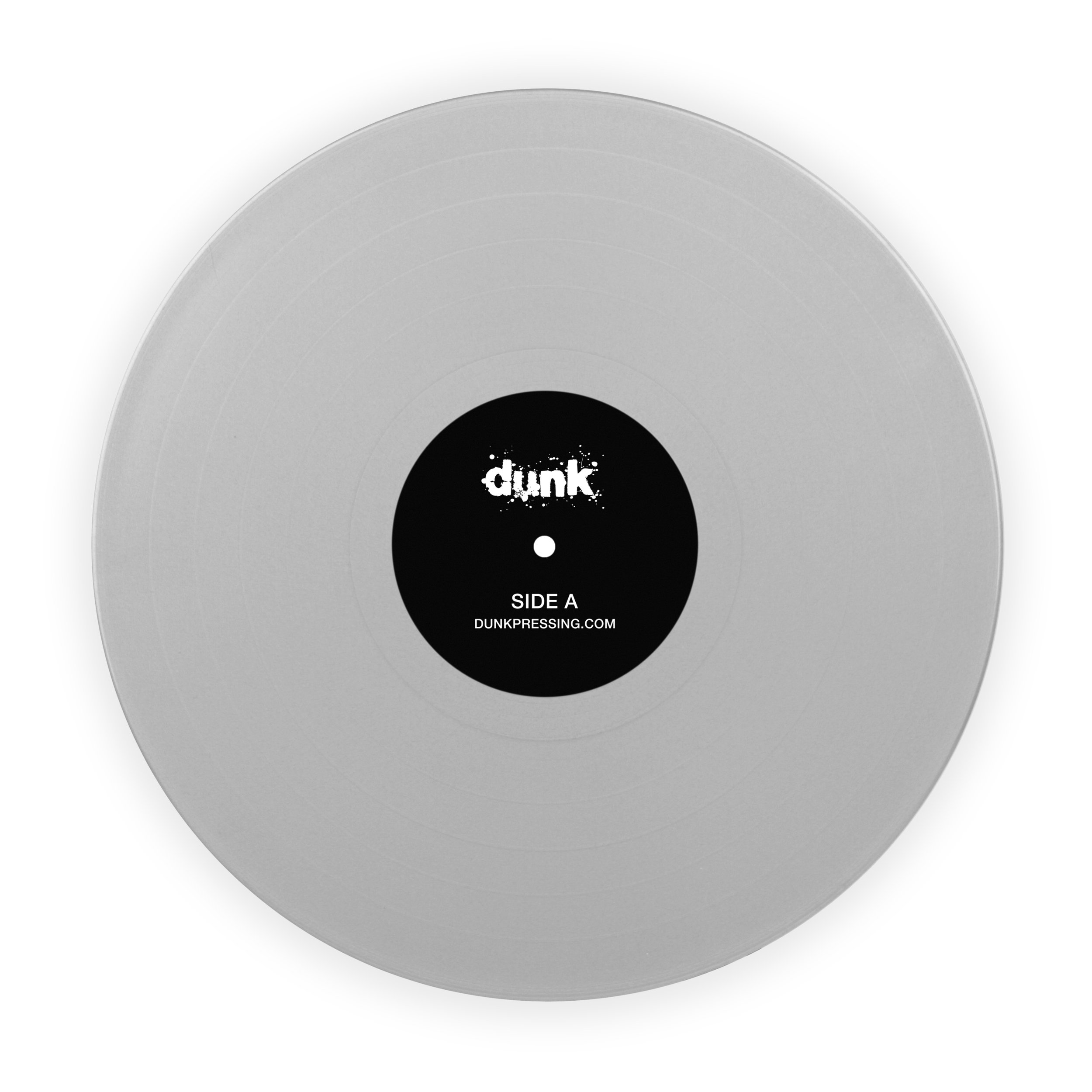Does colored vinyl affect sound?
Vinyl records have been around for over a century, and they continue to be a popular medium for music enthusiasts even today. With the rise of colored vinyl, there has been some debate about whether colored vinyl can match the audio quality of traditional black vinyl. In this article, we'll explore the differences between black vinyl and colored vinyl, and whether or not there is a significant difference in audio quality.
The first vinyl records were all black, and for good reason. Black vinyl was the only option available because it provided the best audio quality. Black vinyl is made of PVC, which is a stable material that does not degrade over time. This stability ensures that the audio quality of black vinyl records remains consistent over time. Moreover, the carbon black pigment that gives the vinyl its black color helps absorb any unwanted noise or hiss, ensuring a clear and crisp sound.
Colored vinyl, on the other hand, is made by adding dyes or pigments to the PVC during the manufacturing process. This gives the vinyl its unique color, but it also affects its physical and chemical properties. As a result, colored vinyl records used to be more prone to warping, surface noise, and other imperfections that can affect their audio quality. Additionally, some pigments used in colored vinyl can affect the sound quality as well, producing a muddier or more distorted sound.
However, advances in vinyl manufacturing technology have made it possible to produce high-quality colored vinyl records. For example, modern vinyl pressing techniques have helped reduce warping, and the use of high-quality pigments and dyes can help ensure that the sound quality of colored vinyl is just as good as that of black vinyl.
The key takeaway is that while black vinyl used to be the only option for best audio quality, the advancements in vinyl manufacturing have made it possible to produce high-quality colored vinyl records as well. So, whether you prefer black vinyl or colored vinyl is ultimately a matter of personal preference. The most important thing is to ensure that the vinyl record is manufactured to high standards, regardless of its color.
While special effects on vinyl records, such as splattered vinyl, pulsars, all splatters… can look fantastic and add to the overall aesthetic appeal of the record, they can have a small impact on audio quality. These unique techniques require a highly manual process that can introduce imperfections to the record's surface, which can lead to increased surface noise and reduced audio clarity. That being said, the impact on audio quality is generally minimal and is often outweighed by the visual appeal of the record.
If, on the one hand, colours and splatter effects generally do not negatively affect audio, on the other hand, metallic colors, like gold and silver, can have a more significant impact on audio quality. This is because the metallic particles used in the manufacturing process can cause additional surface noise and distortion, particularly when playing music with a lot of bass or other low-frequency sounds. As a result, metallic colored vinyl records are generally not recommended for music with a lot of dynamic range, as the audio quality may be negatively affected. However, for louder music genres, metallic colored vinyl can add an extra element of visual flair without compromising the overall audio quality.
While picture discs can be visually stunning, they are not the best option for pressing music due to their poor audio quality. Picture discs are made by sandwiching a printed image between two layers of clear vinyl, which can create a wavy, uneven surface that can affect the audio quality. This can cause additional surface noise and distortion, particularly during quiet or subtle passages of music. Additionally, picture discs are often thicker and heavier than regular vinyl records, which can put additional strain on the turntable and stylus. As a result, picture discs are generally not recommended for audiophiles or those looking for the highest quality audio reproduction. Instead, they are often purchased by collectors or fans who appreciate the unique visual aspect of the record.
In conclusion, the differences in audio quality between black vinyl and other colours/effects is primarily in their differences in physical and chemical properties. While it was true at the early stages of vinyl production that black vinyl offered a superior quality that is no longer the case today. Progress in PVC manufacturing, vinyl pressing as well as a renewed interest in this beautiful medium have not only reduced this differences but virtually eliminated them. Thanks to these advancements today there’s essentially no difference in audio quality between coloured and black vinyl. So, if you're a fan of colored vinyl, rest assured that you can enjoy your music with the best audio quality just as much as those who prefer black vinyl. In addition, you get to enjoy the unique and special look of your new vinyl, which adds an extra touch to an already incredibly fun medium!
Here at dunk!pressing we strive to offer ever new effects and colours without compromising on audio quality. We implement the newest vinyl manufacturing techniques and press on A-grade PVC pellets to guarantee a high-quality vinyl regardless of colour and format. If you’re ever in doubt about a pressing or have questions about effects or colours, feel free to get in touch; our expert team will be more than happy to help you find the colour and format that’s right for you! We take vinyl seriously and while we do love to experiment, we deliver amazing looking records without sacrificing on audio quality. Our triple-checked records sound just as good as they look, so you can trust us to deliver unique looking records that rival the audio quality of your classic black vinyl.

